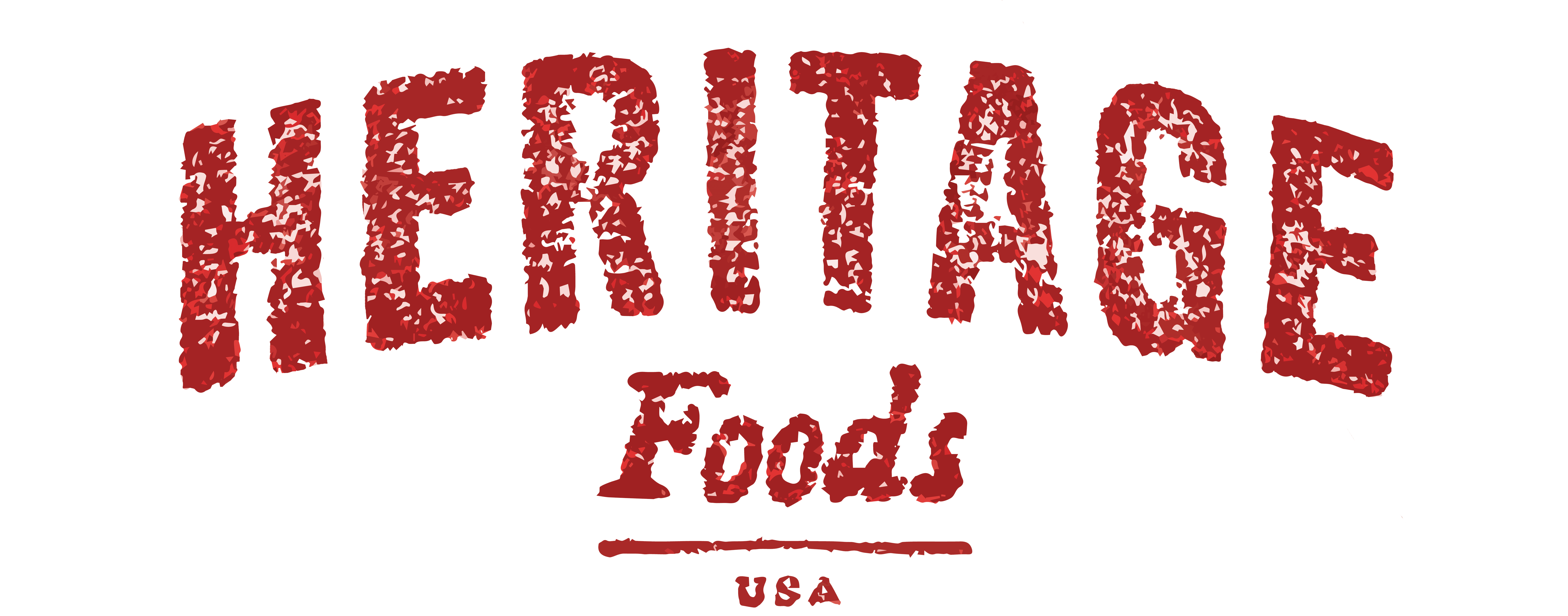Sheep used to play a much more important role in American life and our economy. In 1884, the American sheep population peaked at 51 million head. The 1880 US Census reported a little over 50 million people, a nearly even match. In 2016, the USDA reported just under 5 million sheep in the US, and the 2020 census reported over 331 million people. In the fashion world, we used to call sideburns mutton chops because of their appearance. A Union general in the Civil War, Ambrose Burnsides, popularized the facial hair style, so much so we began to call them sideburns — an inverse of his last name — instead of mutton chops. In women's fashion, sleeves that were big in the shoulders and tapered down to a tight wrist were called leg-of-mutton sleeves. Sheep wasn’t just a staple dish, it had cultural significance in many aspects of American life. So what happened?
For much of American history, our country was built on regional, agrarian economies, in which we depended heavily on sheep. Meat was actually considered a byproduct of the sheep industry. We primarily raised them for their wool and milk. As our economy developed into a centralized, service based one, sheep fell out of favor.
WWII marks a major turning point in history for many facets of American life including the sheep industry. Global trade skyrocketed after WWII, and the US began to import wool from other countries rather than produce it domestically. Technological developments like nylon and polyester led to a decrease in wool production, too. As lamb and
mutton production was considered secondary to the other products of sheep, their numbers consequently declined.
Mutton was once a staple of American diets, both at home and at restaurants. Mutton chops graced the menus of the finest restaurants in New York City, and farmers guide books called for mutton tallow in instructions for homemade remedies such as hand salve. During WWII, many American GIs ate canned mutton from Australia, "which by all accounts was just awful," says Bob Kennard, author of Much Ado About Mutton. When they returned home from the war, mutton was decidedly off the menu. In 1960, Americans ate 5 pounds of lamb and mutton per capita. Today it is 1 pound. Of that 1 pound, it's almost all lamb. For meat to be considered lamb, it had to be slaughtered before it reached 1 year old. Mutton comes from sheep older than 2.
Here at Heritage Foods, we like to do things the old fashioned way. Our mutton comes from two breeds — the Tunis, dating back more than 3,000 years, and the Dorset Horn, dating back to the 1700s. We source our mutton from the Tamarack Vermont Sheep Farm. Our mutton is true mutton — sheep entering into their third year of life. By aging our lamb on the hoof, the meat becomes more marbled, mellow, and subdued, yet succulent with a full, round finish. The fat is absolutely edible, like a great lardo from Italy, and mutton meat reminds us of a great marbled steak.
And so we leave you with a poem singing the praises of mutton by Jonathan Swift (1667-1745)!
Gently stir and blow the fire,
Lay the mutton down to roast,
Dress it quickly, I desire,
In the dripping put a toast,
That I hunger may remove —
Mutton is the meat I love.
On the dresser see it lie;
Oh, the charming white and red;
Finer meat ne’er met the eye,
On the sweetest grass it fed:
Let the jack go swiftly round,
Let me have it nice and brown’d.
On the table spread the cloth,
Let the knives be sharp and clean,
Pickles get and salad both,
Let them each be fresh and green.
With small beer, good ale and wine,
Oh ye gods! how I shall dine.


1 comment
I have searched for lamb/sheep that has deep flavor. I made a ragu with the hoggett ,and was very satisfied.